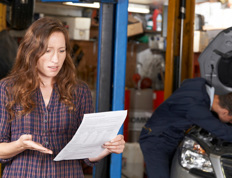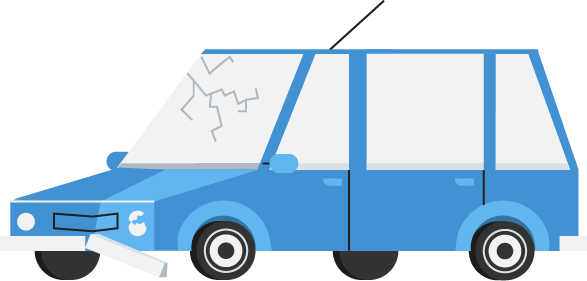



Drivers often choose replacement insurance to receive “full replacement” compensation, meaning an indemnity that does not take into account the depreciation of their vehicle.
Replacement insurance provides for an indemnity to be paid out following the replacement of:
For a total loss, the vehicle may be replaced by a new vehicle of equal, lower or higher value. If the replacement vehicle is of higher value, the insured must then pay the difference.
For a partial loss, damaged parts are replaced with new original manufacturer equipment parts only.
As part of a claims settlement, note that what can be repaired is repaired. If this is not possible or if the damage is too severe, the part or vehicle will then be replaced.
However, many consumers are unaware or forget that replacement insurance complements the coverage we all have under the primary insurance contract (Q.P.F. No. 1).
As the owner of a vehicle, you must purchase liability insurance, which is included under the primary auto insurance contract (Section A of the policy). The other coverage under the policy is optional (section B of the policy), more specifically coverage for damage to the vehicle.
And, since replacement insurance complements the primary insurance contract, it covers the same risks as the primary contract. For replacement insurance to come into play, compensation must first have been paid out under the primary insurance contract.
Example
You are involved in a collision for which you are at-fault, but you did not purchase coverage to cover damage to your vehicle. Since you will not be indemnified under your primary insurance contract, you cannot be indemnified under your replacement insurance.
When your primary insurance contract covers the damage incurred, you will receive an amount of money that corresponds to the value of the part or the vehicle at the time of the loss. This amount takes wear and tear into account (depreciation).
What your replacement insurance covers after that is the difference between this value on the day of the loss and what it costs to replace your vehicle with a new one, or to have it repaired with new original manufacturer equipment partsp>
Example
Your vehicle was in an accident and is declared a total loss. Its value at the time of the accident is $12,000. Replacing it with a new vehicle of the same nature and quality would cost $25,000.













